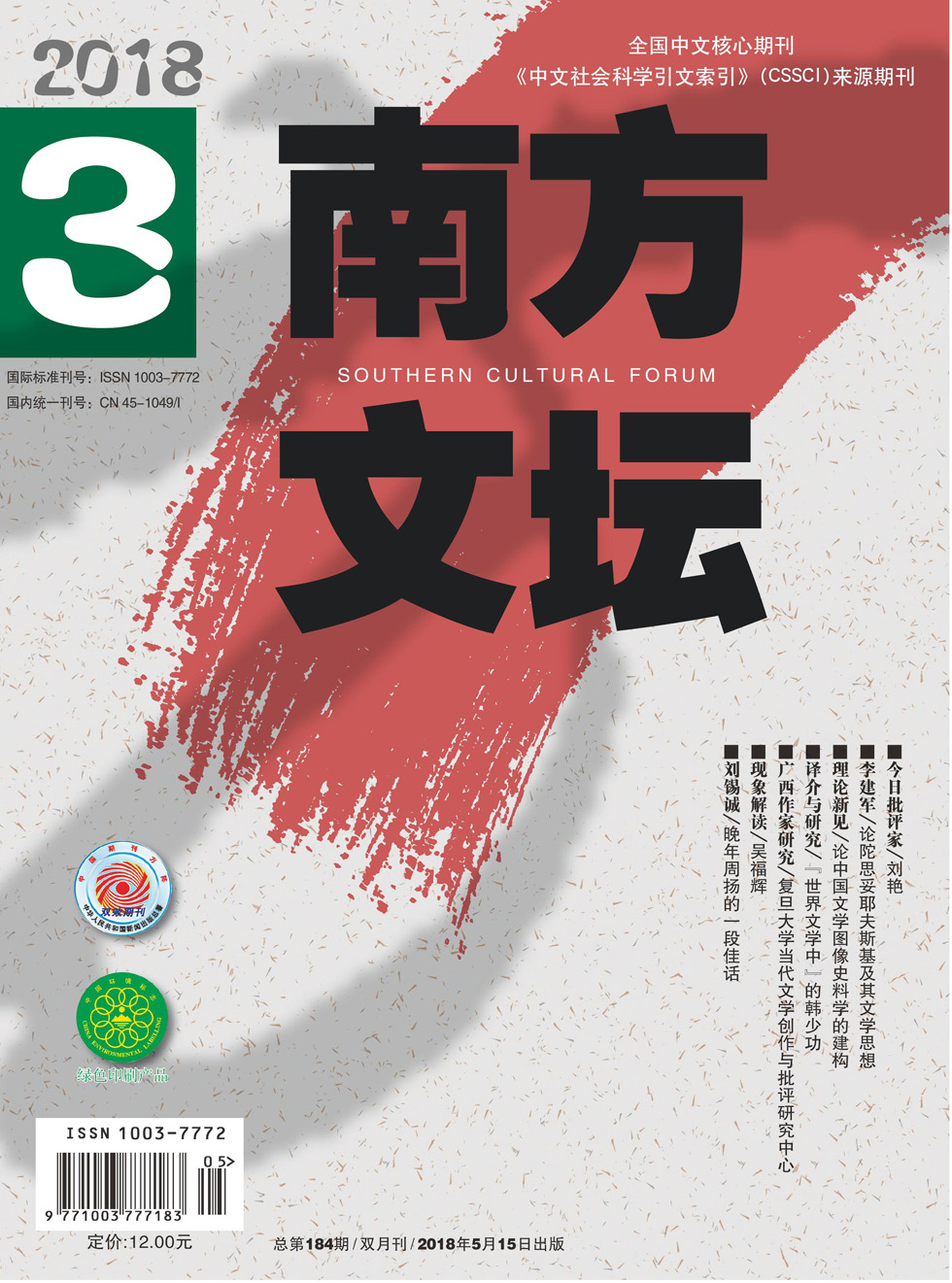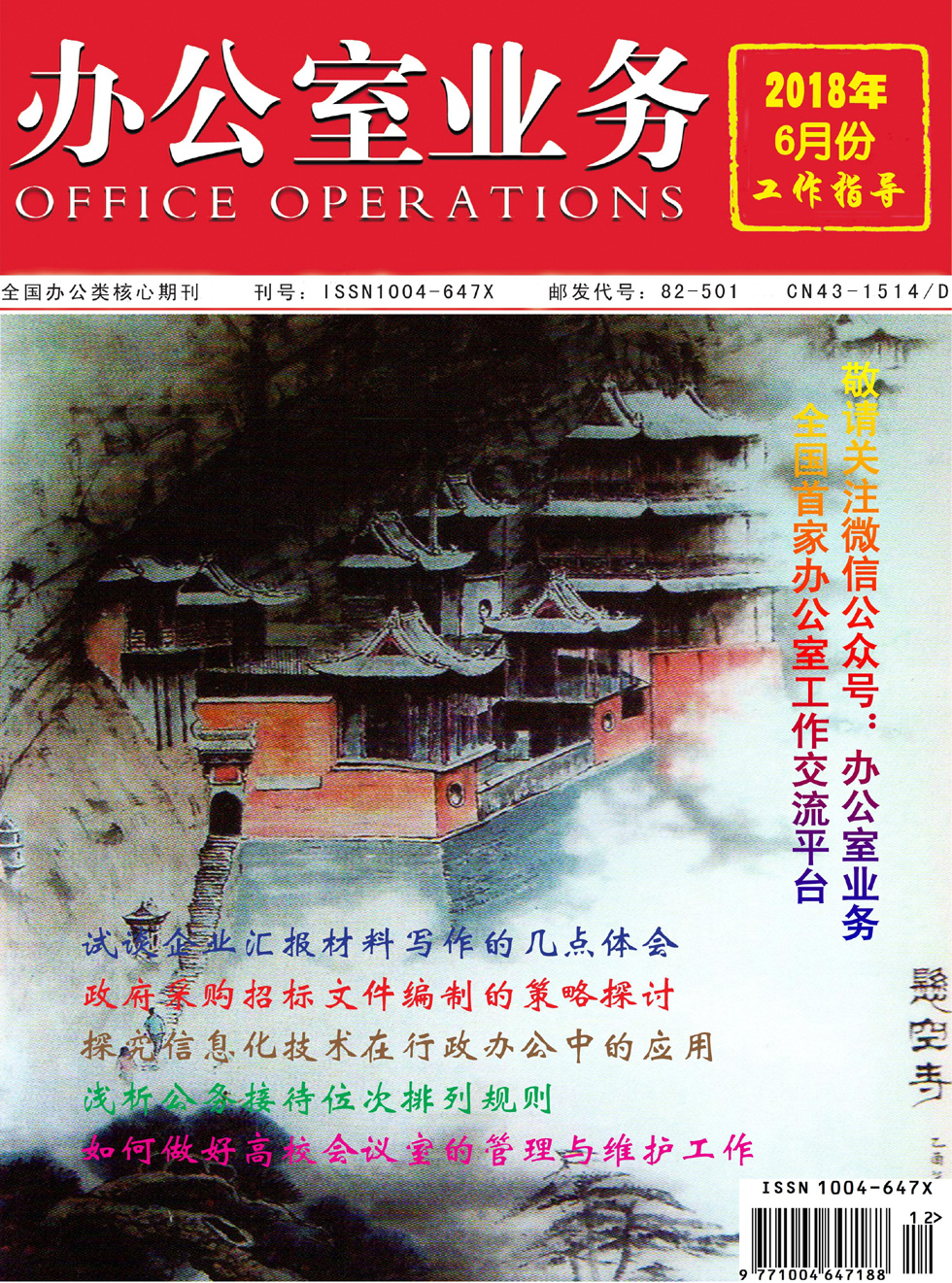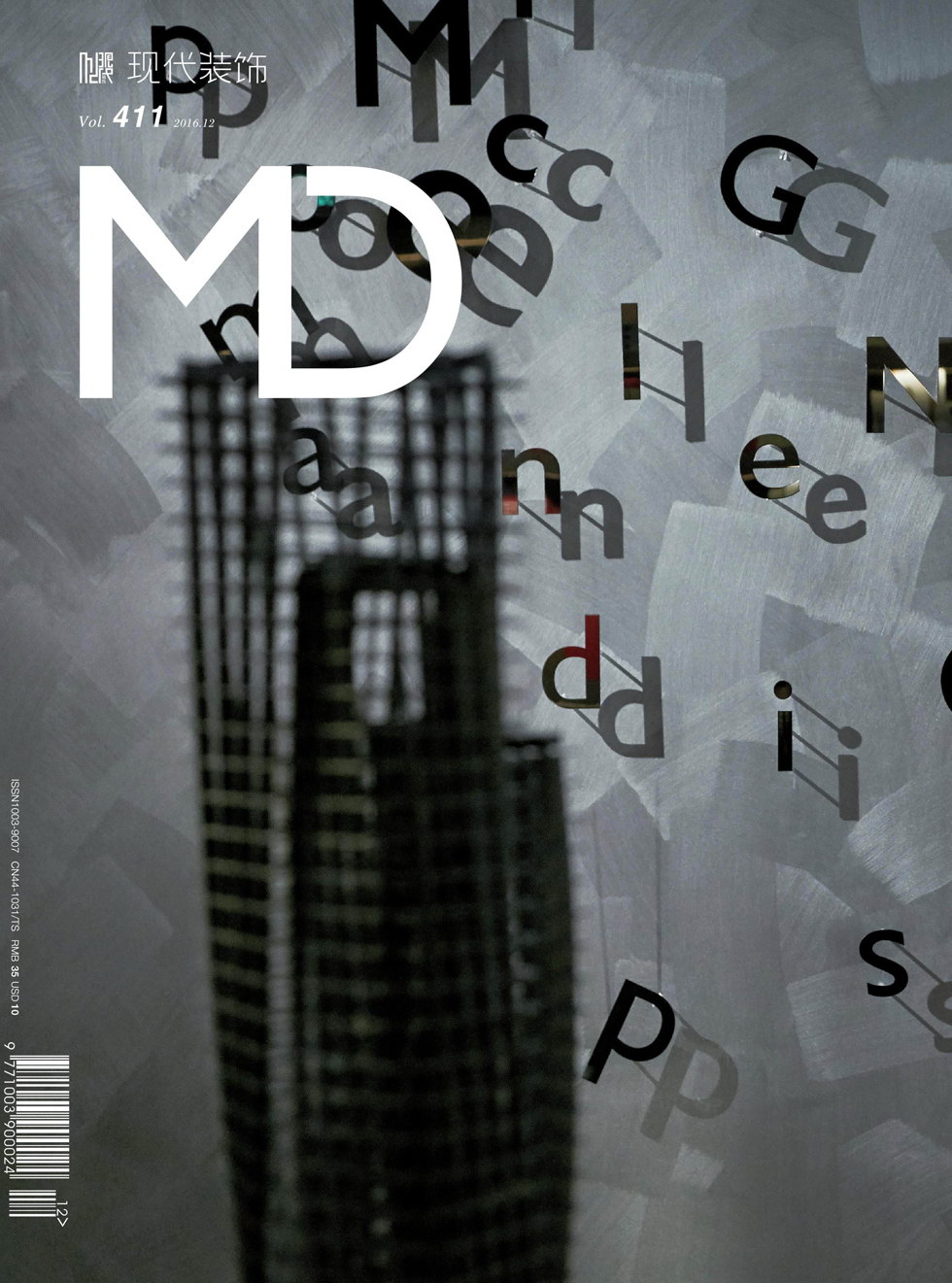The Study of Chinese Internet Slang from the Perspective of Sociolinguistics
摘要:网络语言是随着互联网的风靡而兴起的一种新的交际语言。网络语言也以其简约的语风、独特的语法构造、朗朗上口的特点广为流传。本文从社会语言学理论出发,从语言变体、言语社区、以及语言变化的社会语言出发深入浅出的分析网络语言的构成及其稳定性。
关键词:网络语言 语言变体 社区语言
Abstract: Internet slang emerges along with the boom of the network communication skills and prevails with the characteristics of brevity, uniqueness and readability. According to the theory of sociolinguistics, this paper aims to analyze the formation and maintenance of the internet slang from the aspect of language variety, speech community, and the social reasons of language variation.
Key words: internet slang, language variety, speech community, language variation
1. Introduction
As a kind of language communication mode, the internet slang not only reflects Science & Technology, but also can be related with the interpersonal social relations. Thus, it definitely draws people’s attention to the relationship between internet slang and society. A kind of system which has its own language gradually formed in cyberspace, and is more and more frequently used by Chinese netizens, said by Yu Genyuan (2001).
2. Network Language VS Language Variety
Internet slang is the language used by the netizens for information exchange and information processing in the internet. The language seems to be commonly sourced from online games, video games and general pop culture like the word ‘bazinga’ from the CBS show The Big Bang Theory. Aside from the more frequently found abbreviations, acronyms and emoticons, internet slang is also based on archaic words or the lesser-known dialectal counterparts of a term in mainstream language. Hudson (2000) defined language variety as the widespread use of some language forms which is used by people with the same social features in the same social environment.
2.1 Vocabulary variety
2.1.1 Abbreviations
For the convenience of expressing oneself, netizens usually combine or reset the key letters of the words or phrases of English or Chinese expressions. For example, AFAIK = As Far As I Know, AISI = As I See It, MM (mei mei ,妹妹), GG (ge ge ,哥哥), JJ (jie jie ,姐姐)、BT(bian tai, 变态), ZT(zhuan tie, 转), PP(pi pi, 屁屁), NB(niu bi, 牛逼), RPWT(ren pin wen ti, 人品问题), PMP(pai ma pi,拍马屁), FB(fu bai,腐败),HC(hua chi,花痴), BH(biao han,彪悍).
2.1.2 Numbers or Homophones
Except for the consideration of convenient input, cetizens intend to express themselves in a humorous way by using the rearranged numbers, words or phrases and maintaining them as fixed expressions. Those are typical internet slang, for example, 55555 (say crying表示在哭), 7456 (piss me off气死我了), 8147 (don't angry别生气),584(I swear我发誓),76868(go for a walk去溜达溜达). Two kinds of homophones in internet slang, one is Chinese homophones, such as: 斑竹(版猪或版竹均指版主),酱紫(样子),美眉(妹妹) ,偶(我). The other one is English homophones, such as: CU = See You, E-mail (伊妹儿), Windows (瘟都死), etc.
2.1.3 Word Creation, or Keyboard-Generated Emoticons and Smileys
The phenomenon of word creation in internet slang emerges extensively in every aspect of life. For example, “抓狂”, “月光族”, “负翁”(the homophone of “富翁” millionaire), refers to people who take loans for the family consumption). Those symbols could be similar in form or appearance with the actual language and be metaphorical and ideographical expressions. Such as “Zzzzz” (in the sleep), “:一”(spit tongue faces), “: - D” (happy and smile).
3. Conclusion
Thanks to the rapid development of computer technology and world-wild economy, internet has become an inseparable part in human life. And internet slang variety has emerged and aroused significant concern in our society. The innovation and variety of internet slang promote and enrich the development of the native standard language. Internet slang provides a channel which facilitates and constrains our ability to communicate in ways that are fundamentally different from those found in other semiotic situations. Slang is also thus motivated for the “creation and sustenance of online communities” These communities in turn play a role in solidarity or identification or an exclusive or common cause.
References:
[1]Bloomfield, L. Language. Foreign Language Teaching and Research Press, 2001.
[2]Herring, S. Computer - Mediated Discourse. Oxford. Blackwell, 2001.
[3]Herring, S. Computer - mediated Communication: Linguistic, Social and Cross - cultural Perspectives. Amsterdam: John Benjamin, 1996.
[4]Herring, S. Interactional Coherence in CMC. Journal of Computer - mediated Communication. 1999, Vol. 4, No. 4.
[5]Hudson, R. A. Sociolinguistics. Foreign Language Teaching and Research Press, 2000.
[6]Wardhaugh, R. An Introduction to Sociolinguistics. Foreign Language Teaching and Research Press ,2000.
[7]董启明,刘玉梅. 万维网键谈英语的文体特征. 外语教学与研究,2001 ,33(I) .
[8]秦秀白. 网语与网话. 外语电化教学,2003 , 94 (6) .
[9]秦秀白,唐碧霞. CMC 的研究现状和前景. 外语教育出版社,2001.
[10]于根元. 网络语言概述.中国经济出版社, 2001.
[11]祝婉瑾. 社会语言学概论.湖南教育出版社,1992.
作者简介:冯娟英(1985—),女,汉族,山西大同人,英语语言学硕士,单位:云南师范大学,研究方向:英语语言学及应用语言学。
















